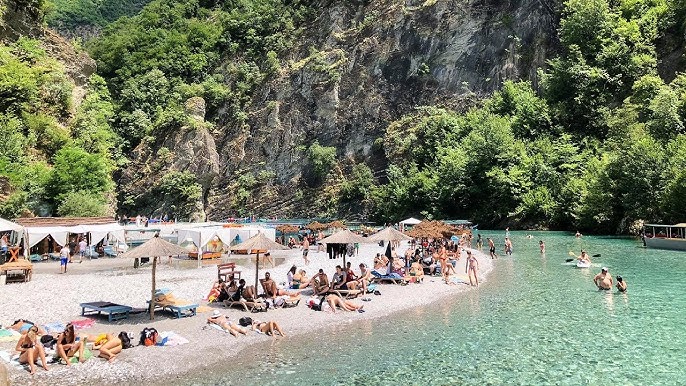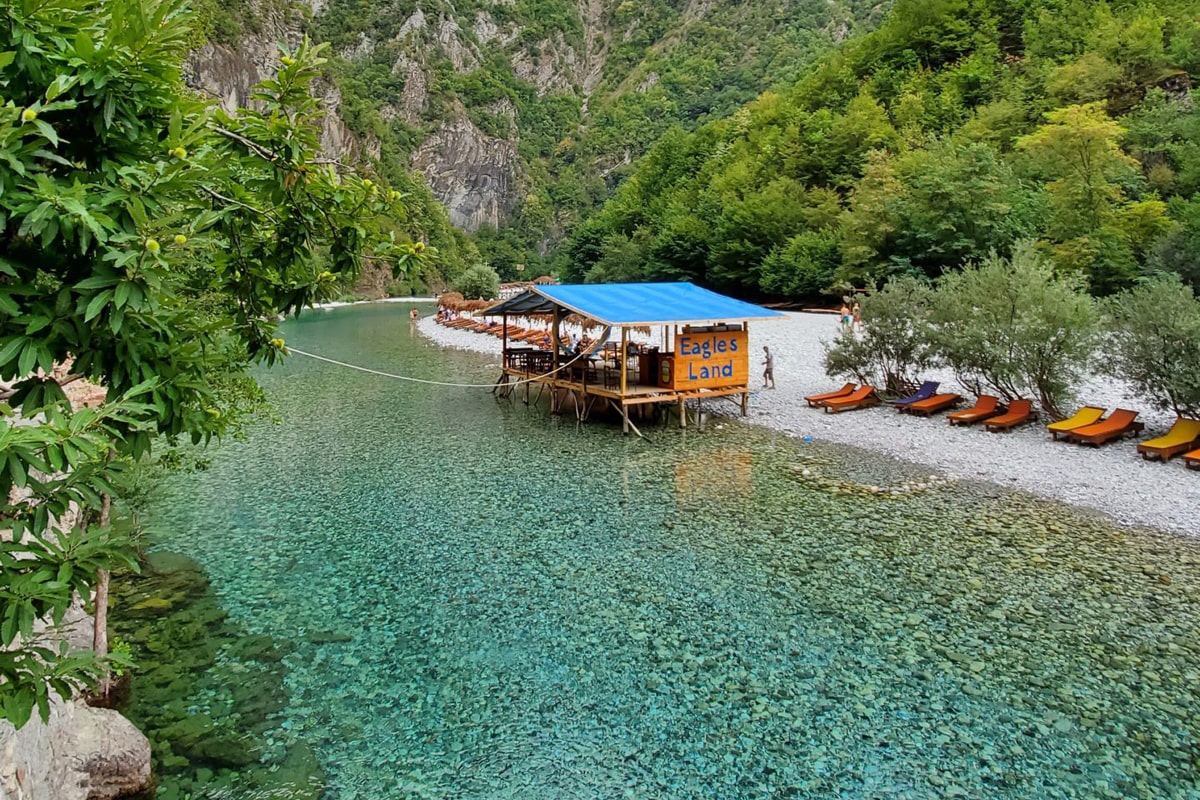Key Takeaways
- The Shala River is renowned for its pristine turquoise waters and dramatic canyon landscapes.
- It originates from high in the Albanian Alps near the village of Theth.
- The river supports a rich biodiversity, including species like brown trout, eagles, bears, and rare flora.
- Historically, the Shala River has been vital for local communities’ water, fishing, and traditional practices.
- Today, it plays a significant role in sustaining local tourism, agriculture, and cultural identity.
The
Shala River, nestled within the Albanian Alps, is a true gem of natural beauty and ecological importance. Its *crystal-clear turquoise waters* carve through rugged canyons, offering a mesmerizing landscape that captivates all who visit. But beyond its breathtaking scenery, the river plays a pivotal role in supporting the environment, local culture, and economies.
Geographical Overview of the Shala River
The Shala River flows within the majestic
Albanian Alps, also known as the Bjeshkët e Namuna or the Accursed Mountains, in northern Albania. This region features towering peaks and lush valleys that create a dramatically scenic backdrop.
Its source resides near the charming village of
Theth, formed from glacial melts and springs high in the mountains. From there, it travels approximately 56 km (about 35 miles), carving its way through steep canyons and gorges. The river finally merges into the Drin River, which carries its waters toward the Adriatic Sea, linking this landlocked waterway to the vast ocean [researchsource1.com](http://researchsource1.com).
This swift-flowing river has sculpted the landscape over centuries, creating rugged banks and dramatic gorges that are just as captivating visually as they are ecologically. Its geographical features contribute significantly to local biodiversity and sediment transport, making it a natural masterpiece worth protecting.
Ecological and Environmental Importance of the Shala River
Biodiversity Haven
The Shala River sustains a *diverse array of species*, supporting a complex web of life:
- Fish: Supports species like brown trout, thriving in its cold, fast waters.
- Birds: The river and surrounding forests are habitats for eagles, hawks, and songbirds, crucial for regional avian biodiversity.
- Mammals: Ecosystems here include bears, wolves, and the elusive lynx—keystone species indicating ecosystem health.
- Aquatic Life: Rich in aquatic insects and invertebrates, foundational to the food chain.
Unique Flora
The riverbanks host a variety of *endemic plant species*, including pine, beech, and oak forests—each playing vital roles in habitat support and nutrient cycling. Many plants have adapted to water level fluctuations, demonstrating resilience within this ecosystem.
Climate Regulation
The river influences local microclimates via:
- Evaporation: Increasing humidity and regional microclimates.
- Forests & Vegetation: Acting as carbon sinks, helping mitigate climate change.
- Water Cycle: Contributing to precipitation patterns and groundwater recharge.
Cultural and Historical Significance of the Shala River
The Shala River’s importance extends beyond nature—it’s woven into the cultural fabric of local communities for centuries.
Historical Relevance
Historically, people have relied on the river for
fishing, water for households, and irrigation. Villages like
Theth have depended on it for generations, shaping local livelihoods and traditions.
Cultural & Spiritual Values
In Albanian folklore, water bodies symbolize *purity and life*. Though specific rituals may be limited, the river remains a spiritual symbol and a source of cultural pride for the local communities.
Traditional Activities
- Agriculture: Terraced farming on mountain slopes has been common for centuries.
- Herding: Alpine meadows support livestock grazing, integral to local livelihoods.
- Fishing: A cultural tradition supporting both sustenance and identity.
- Water Mills: Historically, grinding grain using the river’s flow demonstrated innovative resource use.
Economic and Social Role of the Shala River
Economic Contributions
The river fuels regional economies through:
- Tourism: Increasing eco-tourism attracts visitors, bolstering local businesses—activities include hiking, rafting, and sightseeing.
- Agriculture: Provides irrigation essential for local farms, supporting food security.
- Fishing: Supports livelihoods and contributes to local markets with fresh fish.
Social & Community Importance
The river sustains daily life: providing drinking water, enabling irrigation, and occasionally serving as a transportation route with small boats, fostering community cohesion and identity.
Conservation and Challenges of the Shala River
Environmental Challenges
The river faces several threats:
- Pollution: Increasing waste from tourism, agriculture, and settlements impacts water quality.
- Hydropower Development: Proposed dams could alter natural flow, affecting ecosystems and traditional uses.
- Climate Change: Melting glaciers and altered precipitation patterns threaten water levels and biodiversity.
- Deforestation: Loss of surrounding forests leads to erosion and sedimentation issues, impacting water quality.
Conservation Efforts
Some measures include:
- Protected Areas: Parts of the river flow through Theth National Park, ensuring ecosystem protection.
- Eco-tourism: Promotion of responsible tourism to reduce impact and generate revenue for conservation, see Eco-tourism initiatives.
- NGO & Community Action: Numerous organizations are involved in raising awareness and restoring habitats.
Conclusion: Preserving the Shala River
The Shala River embodies the ecological, cultural, and economic heartbeat of northern Albania. Its *pristine waters* and dramatic landscapes inspire awe while supporting biodiversity and local livelihoods. Preserving this natural treasure requires collective effort—from sustainable tourism and conservation initiatives to community engagement and responsible development.
Supporting local conservation projects and promoting eco-friendly practices will ensure that future generations can experience the river’s magnificence.



